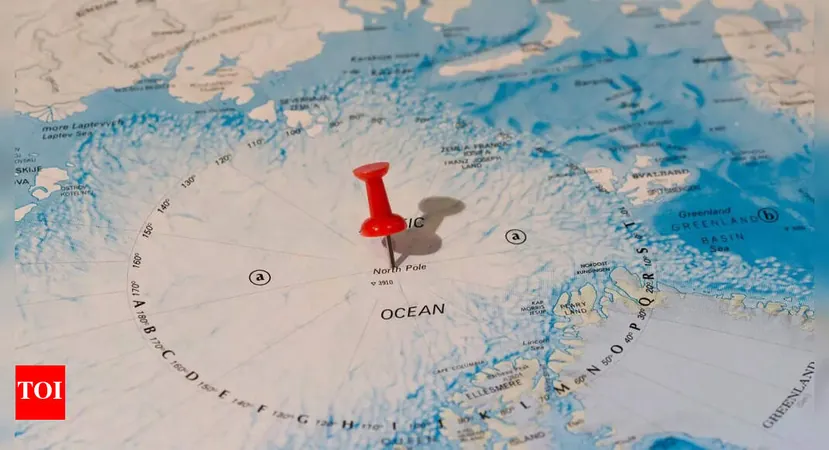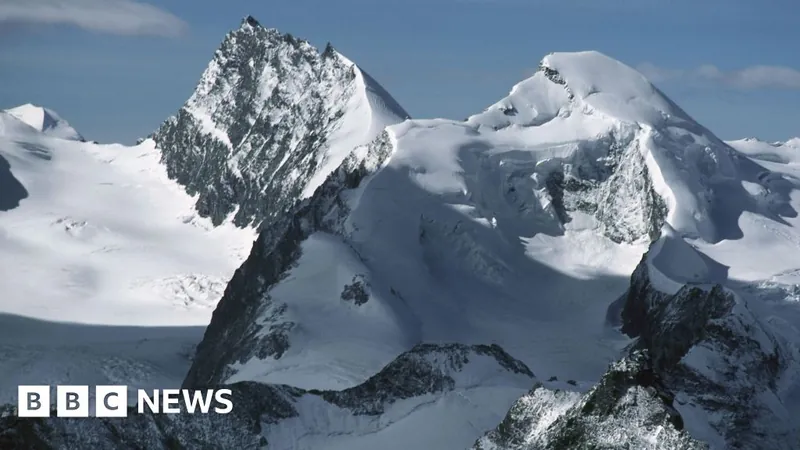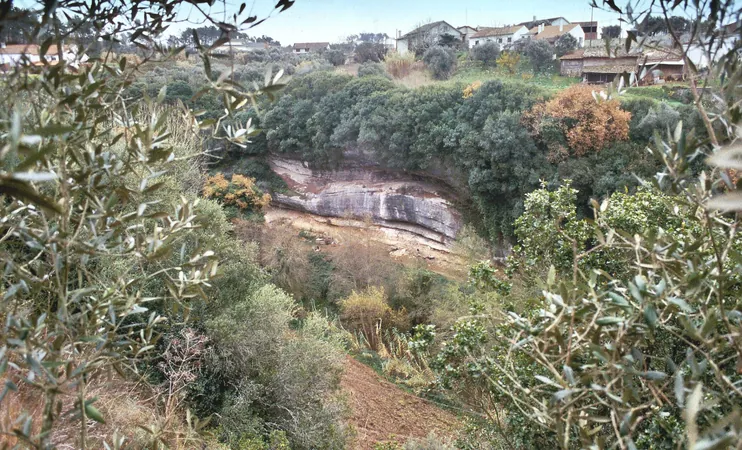
Climate Change is Tilting Our Planet: Here's How It Affects You
2025-04-22
Author: Michael
The Shocking Truth About Earth's Shifting Poles
Climate change is wreaking havoc not just on our climate but on the very shape of our planet. As ice sheets melt at alarming rates, a dramatic redistribution of mass is causing the Earth’s geographic poles to shift. By the year 2100, the North Pole could veer as much as 89 feet westward in extreme warming scenarios, posing serious risks to satellite systems and global navigation.
The Hidden Impact of Global Warming
While many are aware of the visible signs of climate change—like rising sea levels and stronger storms—there’s a less visible but just as critical effect: the physical rebalancing of our planet. As temperatures climb and glaciers recede, the Earth's mass distribution is changing, leading to significant geographic shifts.
Who Knew Poles Could Move?
Earth's poles aren't stationary; they shift due to natural occurrences like the movement of the Earth’s core, mantle convection, and ocean currents. However, human-induced climate change has now emerged as a significant factor in these movements.
Groundbreaking Research Uncovers Polar Movement
According to a pioneering study published in Geophysical Research Letters, researchers at ETH Zurich discovered that by the century's end, the North Pole could shift a distance almost equivalent to a Boeing 737—especially if dire climate predictions come to pass. Such shifts could throw satellite and navigation systems into disarray, which depend on precise pole positioning.
Data-Backed Dangers Ahead
The researchers analyzed data from 1900 to 2018 and ran simulations to project how melting ice sheets will affect the Earth's poles. Under the worst scenarios, temperatures could hike significantly, resulting in a westward move of over 89 feet for the North Pole. Even in moderate climate situations, a shift of around 39 feet is still on the charts compared to the pole's position in 1900.
Understanding Glacial Isostatic Adjustment
Glacial isostatic adjustment refers to the rise of land that was once pressed down by massive glaciers of the last Ice Age. While this phenomenon still impacts Earth’s mass distribution, the study reveals that human-induced changes are now proving to be a more decisive force.
Real-World Consequences of Earth's Tilt
This dramatic shift impacts more than just the position of our poles; it poses genuine technological threats as well. The axis of Earth’s rotation plays a critical role in satellite mapping and navigation. A significant repositioning could disrupt GPS systems, complicating everything from navigation to space science.
Why You Should Care
The implications of our planet's tilt due to climate change extend beyond environmental concerns—they could disrupt modern technology in ways we can’t fully predict. This is a wake-up call not just for the planet, but for all of us who rely on precise navigation and satellite systems every day.









 Brasil (PT)
Brasil (PT)
 Canada (EN)
Canada (EN)
 Chile (ES)
Chile (ES)
 Česko (CS)
Česko (CS)
 대한민국 (KO)
대한민국 (KO)
 España (ES)
España (ES)
 France (FR)
France (FR)
 Hong Kong (EN)
Hong Kong (EN)
 Italia (IT)
Italia (IT)
 日本 (JA)
日本 (JA)
 Magyarország (HU)
Magyarország (HU)
 Norge (NO)
Norge (NO)
 Polska (PL)
Polska (PL)
 Schweiz (DE)
Schweiz (DE)
 Singapore (EN)
Singapore (EN)
 Sverige (SV)
Sverige (SV)
 Suomi (FI)
Suomi (FI)
 Türkiye (TR)
Türkiye (TR)
 الإمارات العربية المتحدة (AR)
الإمارات العربية المتحدة (AR)